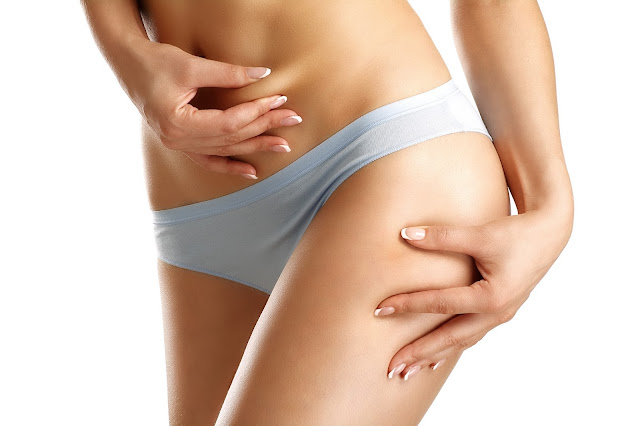 |
| google images |
There are several types of liposuction. According to LipoSite.com, the types include laser-assisted liposuction, PAL (power-assisted liposuction), SAL (suction-assisted liposuction), TCAL (twin cannula-assisted liposuction), tumescent liposuction, and UAL (ultrasonic-assisted liposuction).
In laser-assisted liposuction, fat melts using a concentrated laser beam light, which starts to break down your fatty tissue with less inflammation, less bruising, and less bleeding. PAL uses a mechanical cannula that extracts fat with smaller incisions and a more precise and shorter surgical experience. SAL is a traditional liposuction method using a small cannula attached to a pressurized vacuum. With TCAL, a twin cannula is used in this mechanical method that removes most of the labor on your plastic surgeon's part. There is no burning and less scarring when using the twin cannula. Tumescent liposuction uses tumescent fluid injected into the fatty tissue; the plastic surgeon uses a cannula to suction out the fat while your blood vessels contract, resulting in less blood loss and less bruising. Unlike lasers and suction, UAL stimulates the fatty tissue's cells causing them to rupture and liquefy and then get extracted.
About the Author:
Dr. Kevin Teh is an experienced general practitioner with a special interest in Aesthetic Medicine and subsequently built up years of experience with rigorous training in various disciplines.
About the Author:
Dr. Kevin Teh is an experienced general practitioner with a special interest in Aesthetic Medicine and subsequently built up years of experience with rigorous training in various disciplines.










